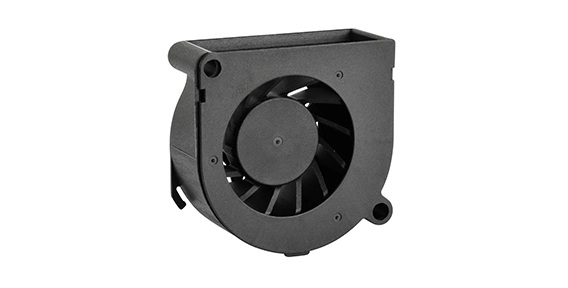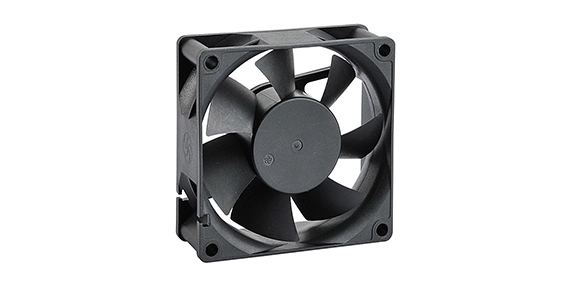As technology continues its relentless march forward, the evolution of DC axial fan technology stands as a testament to the ever-growing demand for more efficient and precise thermal management solutions. This exploration takes us through the transformative journey of DC axial fans, emphasizing their pivotal role in diverse applications and the innovations that have shaped their evolution.
The Genesis of DC Axial Fans
The inception of DC axial fans marked a paradigm shift in thermal management. Originating from the need to dissipate heat efficiently from electronic components, these fans introduced the axial cooling fan design – a revolutionary concept that directed airflow along the axis of rotation. Early iterations were characterized by simplicity, reliability, and a focus on maintaining optimal temperatures in electronic devices.

The Pioneering Role of DC Axial Fans in Electronics
In the realm of electronics, DC axial fans quickly became indispensable components. As the demand for smaller and more powerful electronic devices surged, so did the need for compact and efficient cooling solutions. DC axial fans found their place in computers, servers, and various electronic systems, effectively preventing overheating and ensuring the longevity of critical components.
The axial cooling fan design, with its ability to generate focused and linear airflow, proved ideal for cooling processors, graphics cards, and power supplies. This marked the first significant step in the evolution of DC axial fan technology, setting the stage for further advancements.

Innovations in Motor Technology: Enhancing Efficiency for DC Axial Fan
One of the key milestones in the evolution of DC axial fan technology lies in the advancements made in motor technology. Traditional brushed motors gave way to brushless DC motors, bringing about a significant leap in efficiency and longevity. Brushless motors, with their reduced friction and wear, contributed to quieter operation and extended the operational life of DC axial fans.
The transition to brushless motor technology not only enhanced reliability but also paved the way for the integration of intelligent features. DC axial fans equipped with sensors and smart controllers could dynamically adjust their speed based on real-time thermal conditions, ushering in a new era of adaptive and energy-efficient cooling solutions.
DC Axial Fan: Precision Control for Optimal Cooling
A groundbreaking innovation that further propelled the evolution of DC axial fan technology was the introduction of Pulse Width Modulation (PWM) technology. PWM allowed for precise control over the fan speed by modulating the width of electrical pulses. This feature provided a dynamic means of adjusting the fan speed to match the specific cooling requirements, contributing to energy efficiency and noise reduction.
In applications where cooling demands vary, PWM-equipped DC axial fans demonstrated their adaptability by seamlessly adjusting to changing thermal conditions. This level of precision control became a defining characteristic, positioning DC axial fans as not just cooling devices but as intelligent components in thermal management systems.
The evolution of DC axial fan technology, from its humble beginnings to the present, reflects a continuous pursuit of efficiency, adaptability, and sustainability. As these fans continue to play a crucial role in maintaining optimal temperatures across diverse applications, the journey of evolution remains ongoing, with a horizon that holds the promise of even more advanced and eco-friendly thermal management solutions.

 EN
EN 
 +
+
 +
+
 +
+



